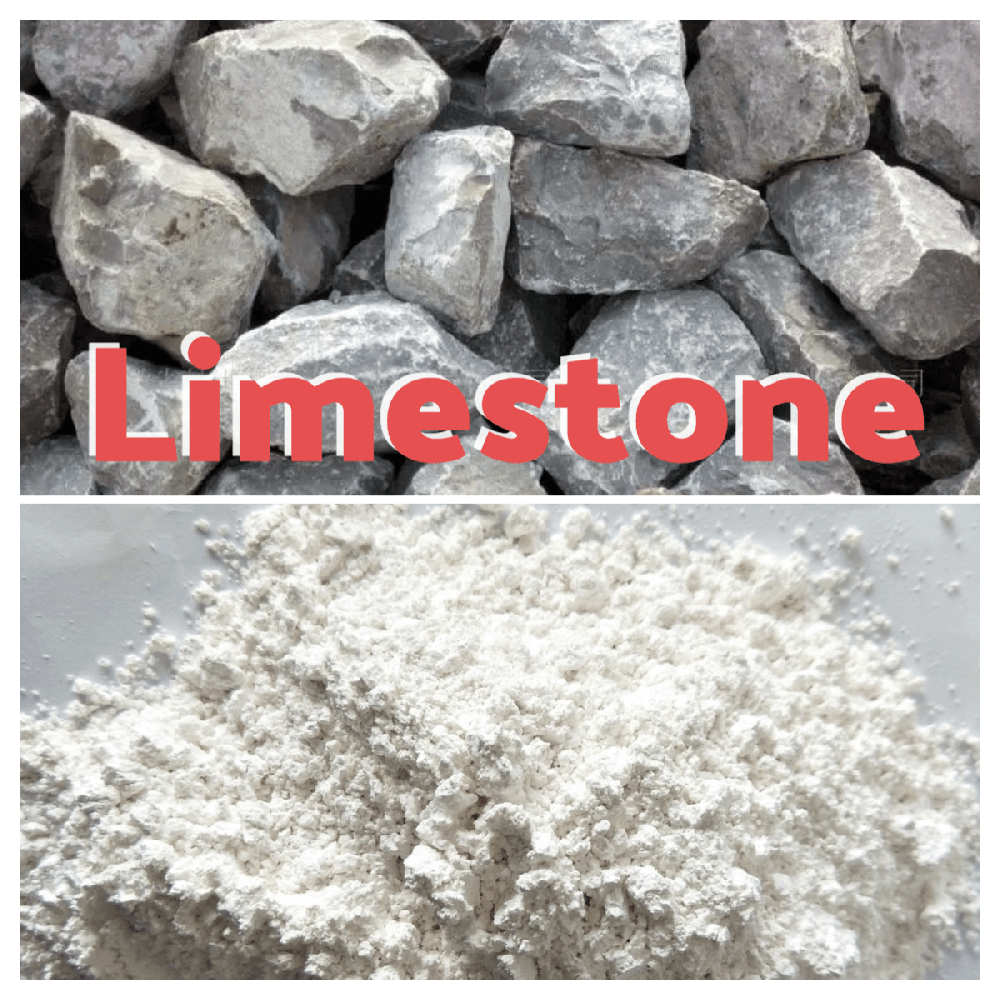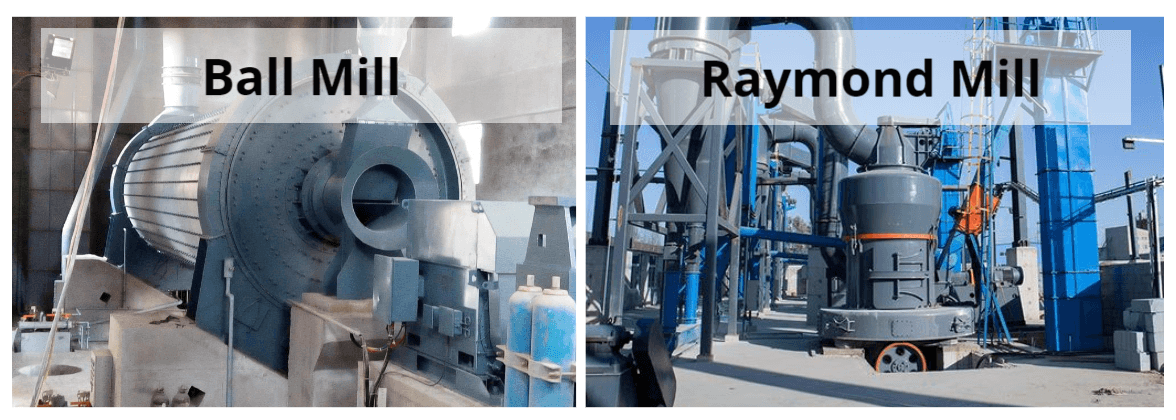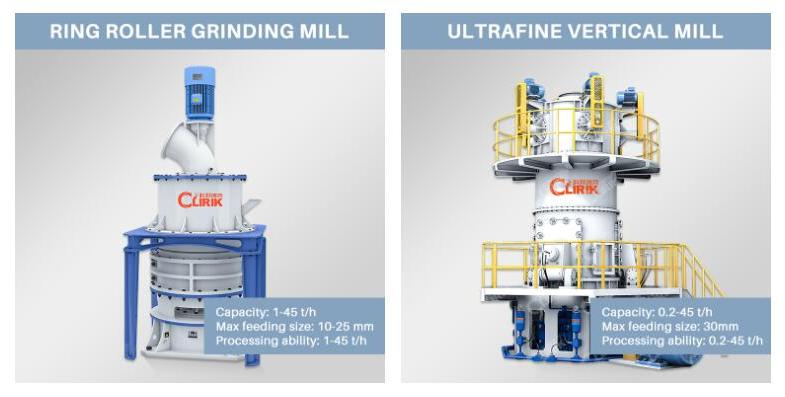For product information and pricing, Chat with sales agent:
or email us : sales@clirik.com
Click links below to see related products.

Limestone, a sedimentary rock with a rich geological history, has become an indispensable resource in various industries owing to its versatility and durability.

From construction to agriculture, and manufacturing to environmental applications, limestone plays a crucial role. This article explores the diverse uses of limestone and sheds light on the essential crushing and grinding machines employed in the extraction and refinement processes.
Limestone, in its crushed form, serves as a fundamental building block in construction. Coarse aggregates find applications in road construction, providing stability and drainage. Crushed limestone is also a key component in concrete and asphalt mixes, enhancing their strength and longevity.
Finely ground limestone, known as agricultural lime, is employed to neutralize soil acidity and improve fertility. This essential component provides plants with the necessary calcium for robust growth. Beyond agriculture, it finds use in flue gas desulfurization processes, aiding in the removal of sulfur dioxide from power plant emissions.
Intermediate-sized limestone particles are perfect for landscaping projects, contributing to pathways, garden beds, and erosion control measures. Its stabilizing properties make it an eco-friendly choice for preventing soil erosion and maintaining slope stability.
The extraction of limestone begins with the crushing process, wherein robust machines are employed to reduce large limestone rocks into smaller, manageable pieces. Here are some common types of limestone crushing machines:
Utilizing compressive force, jaw crushers efficiently break down limestone into smaller particles. Ideal for primary crushing, they set the stage for subsequent processing.
Employing impact force, these crushers are versatile and suitable for both primary and secondary crushing, producing uniformly sized particles.
These machines use a series of hammers or rollers to crush limestone into smaller pieces, catering to various crushing requirements.

Once crushed, limestone undergoes grinding processes to achieve the desired particle size and form. Various grinding machines cater to specific applications:
These mills are commonly used for grinding limestone into a fine powder. Raymond mills employ centrifugal force, while ball mills use steel balls for grinding.

Vertical roller mills provide higher grinding efficiency and the ability to dry, grind, and classify in a single unit. Ultrafine mills produce extremely fine powders, suitable for various applications.

From the towering structures of construction to the lush landscapes of gardens, and from the efficient operations of power plants to the fertile soils of agriculture, limestone's influence is pervasive. Crushing and grinding machines, tailored to the specific needs of each application, bring out the best in this versatile rock, shaping it into the cornerstone of countless industries. As we continue to harness the power of limestone, the interplay between its uses and the machines that refine it remains essential for progress and sustainability.
